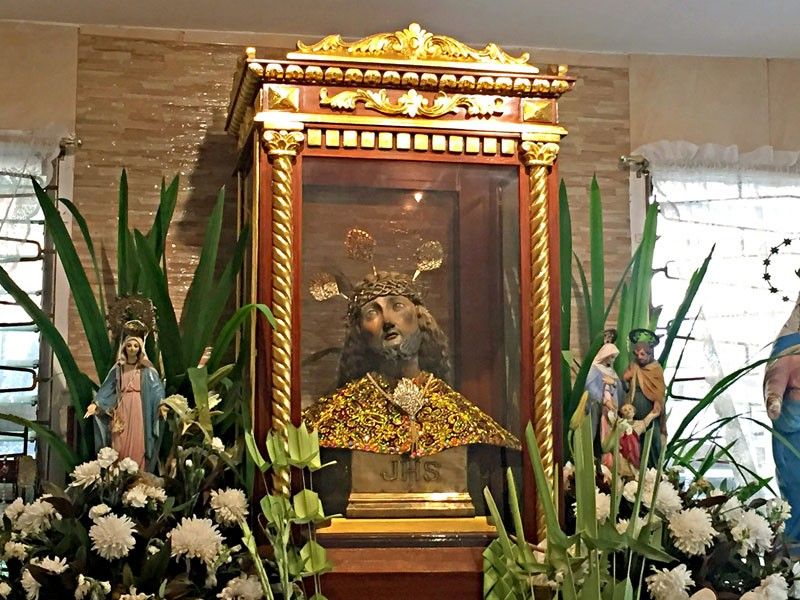Navotas youth keep century-old pabasa alive

MANILA, Philippines — Nineteen-year-old Dhie Joshua Salvador remembers the time he had to learn the pasyon play for him to become an usher at a parish church in Navotas when he was only 13 years old.
“When I wanted to become a church usherette, an elder scolded me for sitting with them. He said I could not sit with them until I have learned to chant the pasyon,” Joshua told The STAR in an interview.
“That is why I studied the pasyon. I copied their tone in chanting it, until I was worthy enough to join them in church in reading the pasyon when I was just 13 years old,” he added.
Six years later, he is now a member of a group of 10 pasyon chanters in Navotas who call themselves “Koronang Tinik” or Crown of Thorns.
The challenge of chanting the play for 24 consecutive hours during Lent compelled Joshua and his friend Robin Rontalo to work harder so they would be deemed worthy. Joshua has been chanting for three years while Robin, who learned from his parents, has been chanting for eight years.
Oldest pabasa
Navotas is home to the oldest pabasa tradition, Joshua said, citing the veneration of a bust of Jesus Christ in Barangay Daanghari that marked its centennial last year.
When The STAR visited the chapel, the photo of the matriarch Trinidad Sablan, who died at 106 years old in 2017, greeted visitors.
The wooden bust of Christ is protected by a glass case in a room near the entrance. Elders say the bust is miraculous – the bust was supposedly seen by venerators receiving the Holy Bread. Its hair was also said to grow longer while inside the glass case.
Trinidad’s youngest daughter Ofelia Escubano told The STAR that her mother had been chanting the pasyon before the image throughout most of her life.
She said the pasyon held in their house has been going on for 101 years now, marking its centennial just last year.
Trinidad’s cousin Asuncion Sengco, who is among Navotas’ eldest pasyon chanters, recounted joining the chants as a young woman before the bust, known fondly in the area as “Pugot.”
In the earlier days, pasyon reading was stricter under the eyes of the elders, Brother William Santos of the San Jose de Navotas Parish Church recounted.
Elders used to castigate them for not chanting the pasyon the traditional way, which was an extended reading tone with curls and trills, he said.
They chewed on slivers of ginger and drank coffee during breaks to rest their throats or keep awake.
Santos has higher hopes for the , knowing that many more of Navotas’ youth have expressed interest in chanting it.
Different versions
Santos takes pride that in Navotas, the Holy Week is kept alive by the sounds of the faithful reliving Jesus’ passion. One could hear different versions of the pasyon at every street corner, the chants reverberating throughout the city during Lent, he said.
Santos said the Navotas faithful also chant Gaspar Aquino de Belen’s version of the pasyon, which National Artist for Literature Bienvenido Lumbera once called Tagalog’s first written narrative poem of literary value.
The De Belen pasyon was watered down into its 1814 version known by the folk as the Pasyon Pilapil, because it was attributed to the native priest Mariano Pilapil, Lumbera said in his nominal work “Tagalog Poetry 1570-1898: Tradition and Influences in its Development.”
“Here in Navotas, we are known for our unique chanting of the pasyon,” Santos said. “I find joy in knowing that the youth wanted to learn and keep alive this tradition.”
Joshua said learning the pasyon could only be his way of repaying the blessings he has received.
- Latest
- Trending
































